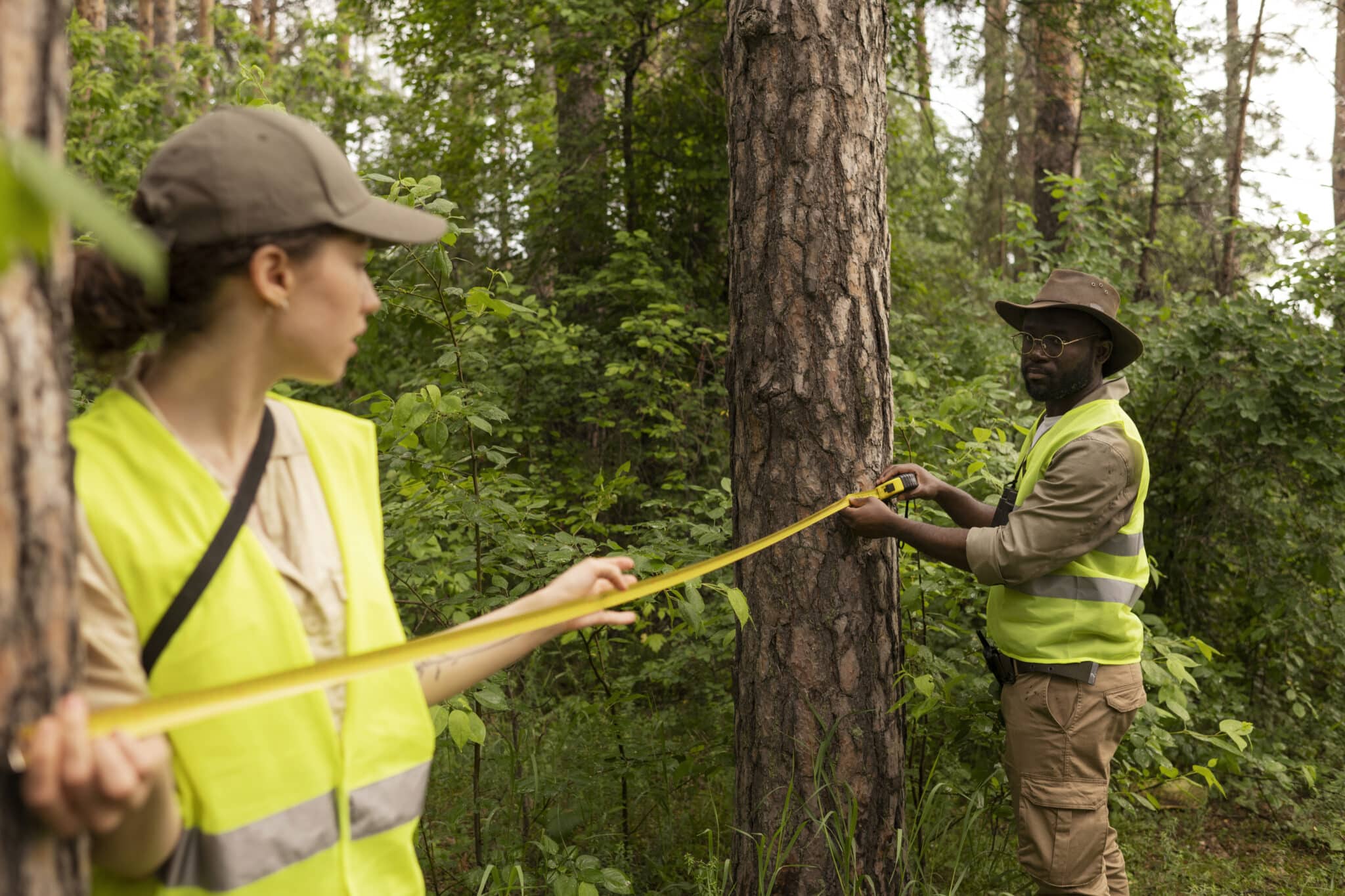Portland homeowners and property managers need to recognize dangerous trees before they cause damage or injury. In this guide, we’ll cover the common tree hazards specific to Portland’s urban forest, simple assessment techniques you can use today, and how to evaluate risks to your property and loved ones. We’ll also explain Portland’s tree removal regulations and when to call professionals like Monkeyman’s Tree Service rather than attempting assessment yourself.
Table of Contents
- Common Tree Hazards in Portland
- Signs of Diseased or Dying Trees
- Structural Issues to Watch For
- Weather-Related Hazards
- Risk Assessment Methods
- When to Call Professional Arborists
- Emergency Removal vs. Planned Removal
- Safety Procedures During Hazard Removal
Navigation through these sections provides a comprehensive understanding of identifying dangerous trees before removal becomes necessary, helping Portland property owners make informed decisions.
Understanding Common Tree Hazards in Portland
A. Signs of Disease and Decay
Tree diseases manifest through discolored leaves, fungal growth, and unusual bark patterns. Cankers, dead branches, and hollow trunks indicate advanced decay that compromises structural integrity. Regular inspections catch these issues before they create hazardous conditions requiring emergency removal.
B. Structural Weaknesses and Unstable Trees
Trees with multiple trunks, V-shaped crotches, or leaning postures present significant risks in Portland neighborhoods. Cracks along the trunk, hanging branches, and uneven weight distribution signal potential failure points. These structural defects become particularly dangerous during Portland’s wet seasons when soil saturation reduces stability.
Safety Assessment Techniques
Visual Inspection Methods
Effective tree hazard identification starts with thorough visual assessment. Look for leaning trunks, split branches, fungal growth, and decay cavities. Dead branches, peeling bark, and soil heaving around the root zone are critical warning signs that require immediate attention.
Using Professional Tools and Equipment
Professional arborists employ specialized tools to detect hidden hazards. Resistance drilling devices measure wood density to identify internal decay. Acoustic tomography creates sound-wave maps of tree interiors, while moisture meters detect potentially dangerous water levels within trunks. These tools provide crucial data beyond visual inspection.
Evaluating Risk to Property and People
Evaluating Risk to Property and People
A. Proximity to Structures and Power Lines
Trees positioned near buildings, homes, or power lines present significant hazards. When branches hang over roofs or limbs grow into utility lines, removal becomes a priority. Distance matters – trees that could fall and reach a structure require careful assessment by certified arborists who measure both the tree’s height and its lean direction.
B. Traffic and Pedestrian Exposure
High-traffic areas multiply risk factors exponentially. Trees along busy Portland streets, pedestrian paths, or public spaces create liability concerns when showing signs of decay. The number of people potentially affected daily directly impacts the hazard rating, with school zones and commercial districts receiving heightened scrutiny during evaluations.
Portland-Specific Regulations and Permits
City Tree Removal Requirements
Before removing trees in Portland, property owners must obtain permits for trees 12 inches or larger in diameter. Different regulations apply based on property type and tree location. Emergency removals for hazardous trees require documentation of the immediate danger, preferably from a certified arborist.
Heritage and Protected Tree Regulations
Portland protects heritage trees with special designations based on size, age, or historical significance. Removing these trees requires extensive documentation and approval from the Urban Forestry Commission. Neighborhood associations may have additional guidelines that complement city regulations, particularly in historic districts.
Professional vs. DIY Assessment
When to Call a Certified Arborist
Certain tree issues require professional expertise. Call an arborist when trees show multiple hazard signs, lean dangerously, have large dead sections, or grow near power lines. Emergency situations like storm damage or imminent failure always warrant immediate professional assessment for Portland properties.
Qualifications to Look for in Tree Professionals
The best tree professionals in Portland hold ISA certification, carry proper insurance, and have local experience. Look for specialists with knowledge of Pacific Northwest species and documented safety protocols. Check reviews and ask for references from previous Portland clients to ensure quality service.
Documentation and Planning for Removal
Documentation and Planning for Removal
A. Creating a Hazard Inventory
Before any tree removal in Portland, thorough documentation is essential. Start by cataloging all identified hazards in a detailed inventory. Note the tree species, size, location, and specific danger points like cracked limbs or root instability. This systematic approach ensures nothing is overlooked during the actual removal process.
B. Photographic Evidence Collection
Photos provide crucial visual documentation of hazardous conditions. Take clear images from multiple angles showing the entire tree and close-ups of problem areas. These photos serve as reference points during removal planning and may be required for permit applications or insurance purposes in Portland’s regulated tree management environment.
How Monkeyman’s Tree Service will help you.
Monkeyman’s Tree Service provides expert hazard assessment before any tree removal in Portland. Professional arborists thoroughly examine trees for signs of disease, structural weakness, and potential risks to property or safety. This detailed evaluation ensures all hazards are properly identified and addressed.
The team utilizes specialized equipment and proven techniques to safely manage even the most challenging tree situations. With years of experience in Portland’s unique urban forest environment, Monkeyman’s delivers comprehensive tree care solutions that prioritize safety while preserving the health of surrounding vegetation.
Spotting potential tree hazards before removal is essential for Portland homeowners to protect their property and loved ones. By recognizing signs of disease, structural weakness, and assessing proximity to structures, you can make informed decisions about tree removal needs. Following Portland’s specific regulations and permit requirements ensures you stay compliant while addressing these concerns.
While some assessment can be done independently, professional arborists bring specialized knowledge and equipment that can identify hidden dangers. Proper documentation and planning are crucial steps before any tree removal project begins. For comprehensive hazard assessment and safe, efficient removal services that comply with all local regulations, Monkeyman’s Tree Service offers expert solutions tailored to Portland’s unique urban forest environment.
